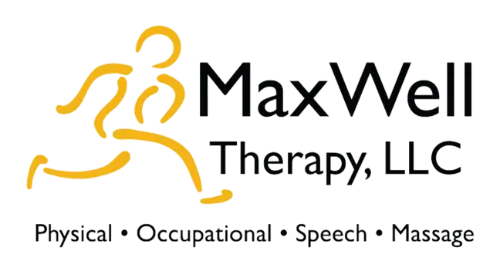OVERVIEW
Anterior Cruciate Ligament (ACL) Tear
The knee is stabilized by the cruciate (or cross) ligament. If the knee is bent beyond its normal range or twisted excessively, the anterior cruciate (ACL), may break completely. You may feel a popping sensation, swelling, and pain. You may feel your knees giving way or you might feel unstable. The initial treatment is rest, ice and elevation. Recovery may be made easier by physical therapy that combines progressive strengthening with functional exercise. Surgery is recommended if knee instability continues. To reconstruct the ligament, the middle third of the patellar tendon or hamstrings may be used.
ACL tears are common among teenage female athletes. Research in sports medicine and clinical practice has shown that preventive training can reduce the likelihood of ACL injuries in teenage female athletes.
TREATMENT
Possible Treatments
- Aerobic/Endurance Exercise
- Core Strengthening
- Cryotherapy or Cold Therapy
- Electrotherapeutic Modalities
- Gait or Walking Training
- Isometric Exercise
- Knee Active Range of Motion
- Knee Passive Range of Motion
- Neuromuscular Electrical Stimulation
- Proprioception Exercises
- Physical Agents
- Soft Tissue Mobilization
- Stretching/Flexibility Exercise
GOALS
Possible Treatment Goals
- Improve ability to bear weight/stand on the leg(s)
- Decrease Risk of Reoccurrence
- Improve Fitness
- Improve Function
- Improve Muscle Strength and Power
- Increase Oxygen to Tissues
- Improve Proprioception
- Decrease Postoperative Complications
- Improve Range of Motion
- Self-care of Symptoms
- Improve Safety
- Improve Tolerance for Prolonged Activities
- Improve Wound Healing










